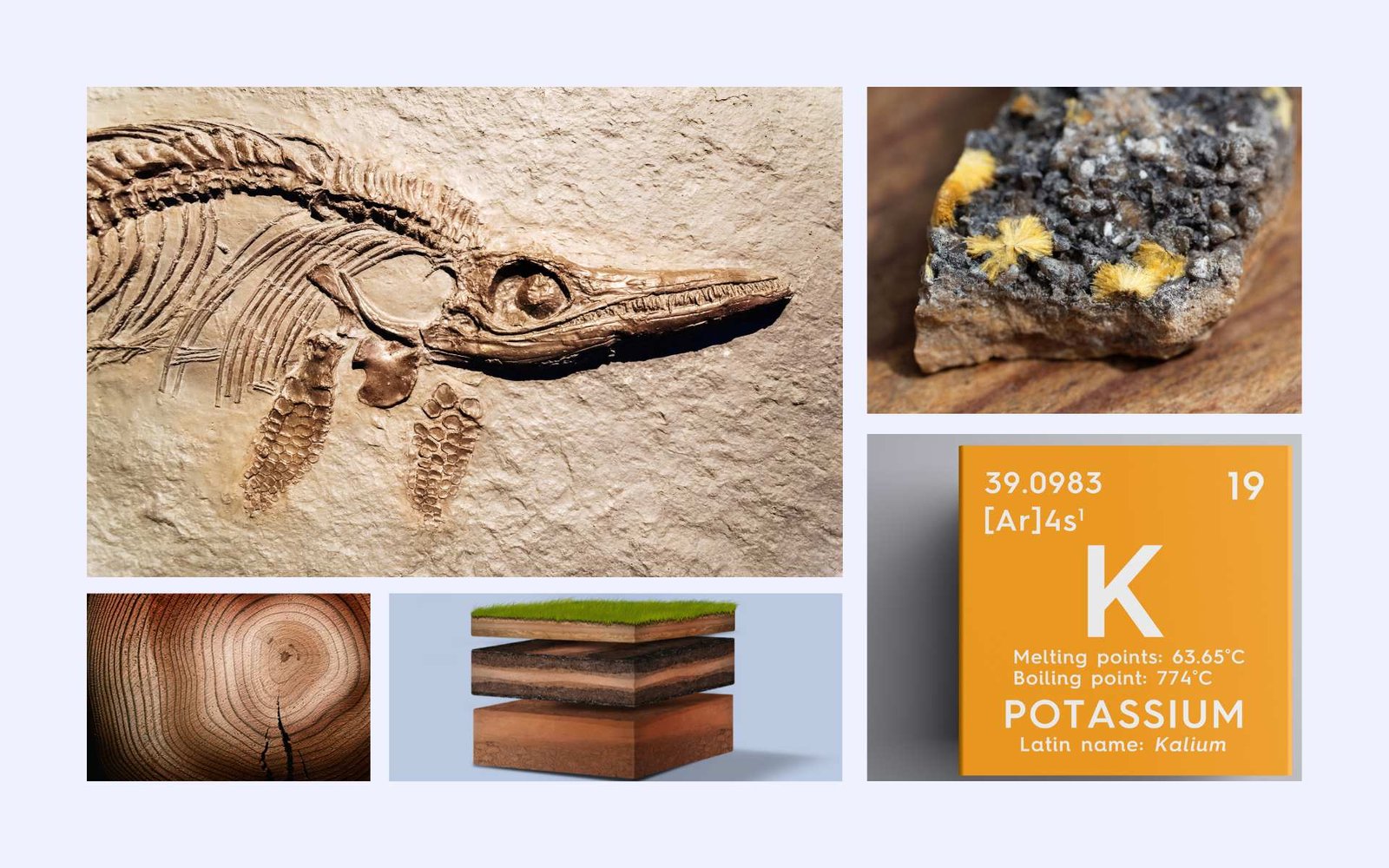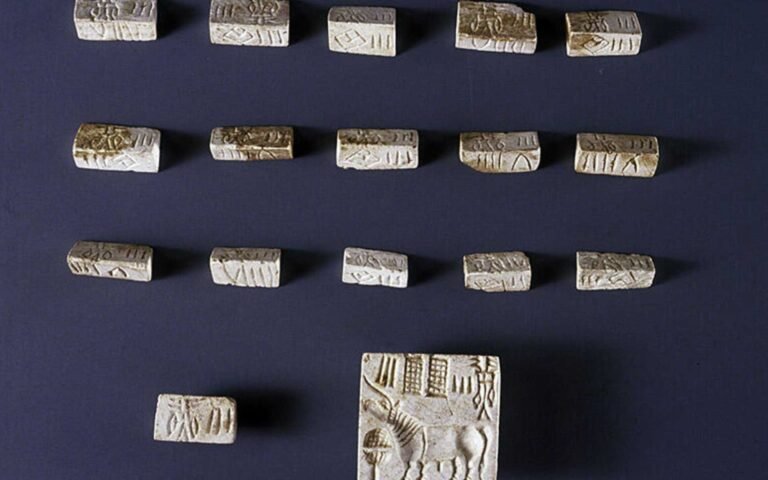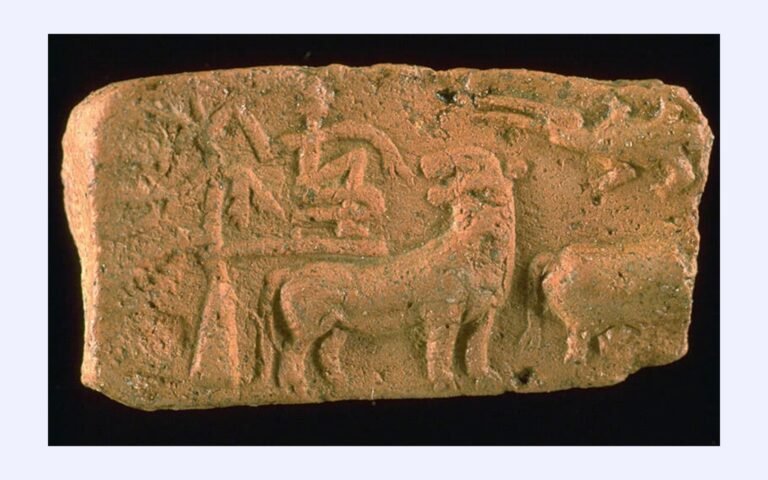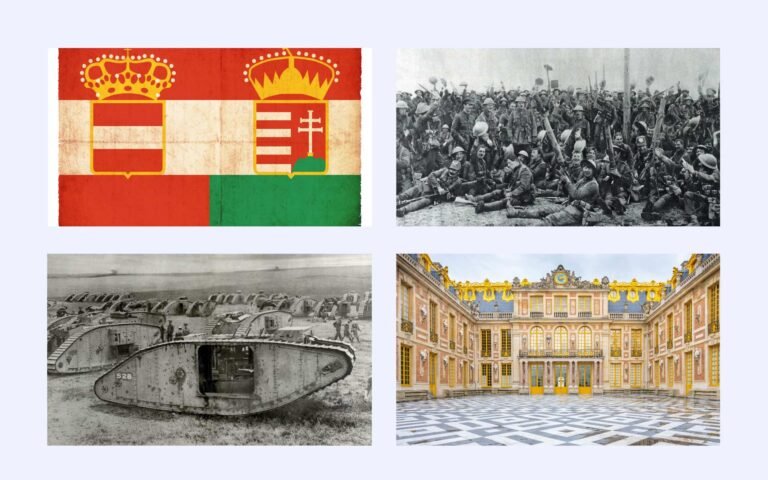Understanding the timeline of human history and Earth’s geological events is a cornerstone of scientific and cultural studies. Historians, archaeologists, and geologists rely on various dating methods to unravel the mysteries of the past. These techniques, divided into absolute dating and relative dating, offer precise or contextual timelines for ancient artifacts, fossils, and events.
Absolute Dating
Absolute dating provides specific ages or dates, enabling a more precise understanding of historical and prehistoric timelines.
Radiocarbon Dating
Perhaps the most famous method, radiocarbon dating, measures the decay of carbon-14 in organic materials. It is instrumental in dating bones, wood, and charcoal up to 50,000 years old, shedding light on ancient civilizations and environmental changes.
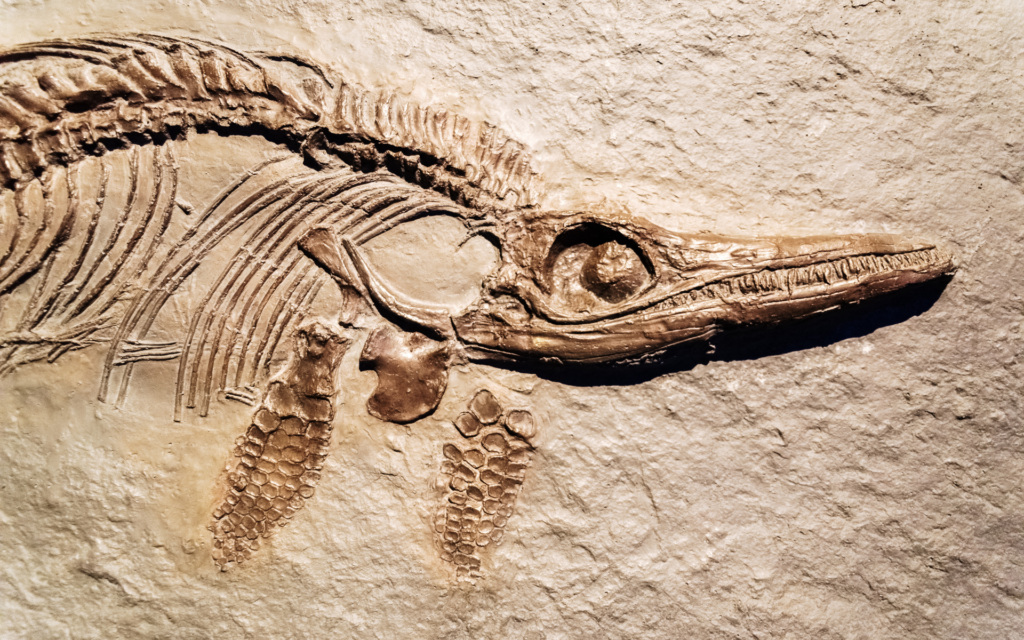
Dendrochronology
Known as tree-ring dating, this technique counts and analyzes tree rings to determine the exact year they were formed. It has helped reconstruct climatic patterns and date wooden artifacts.
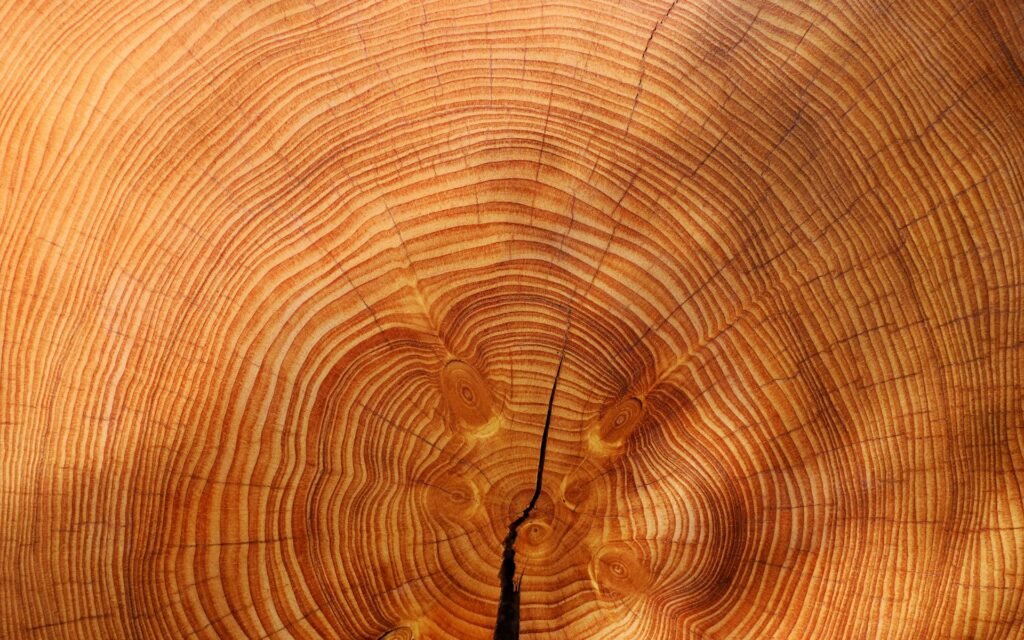
Potassium-Argon Dating
Used primarily in geology, this method measures the decay of potassium-40 in volcanic rocks, enabling scientists to date events over 100,000 years old.
Uranium-Lead Dating
This highly reliable technique is used to date rocks and zircon minerals over a million years old, providing insights into Earth’s early history.
Thermoluminescence and Luminescence Dating
These methods measure trapped electrons in minerals or sediments, revealing the last time they were exposed to heat or sunlight. They are valuable for dating ceramics, burnt flint, and buried sediments.
Amino Acid Racemization
By analyzing the chemical changes in amino acids within fossils, this technique is used to date materials up to a million years old.
Relative Dating
Relative dating places events and artifacts in a sequential order without determining exact dates.
Stratigraphy
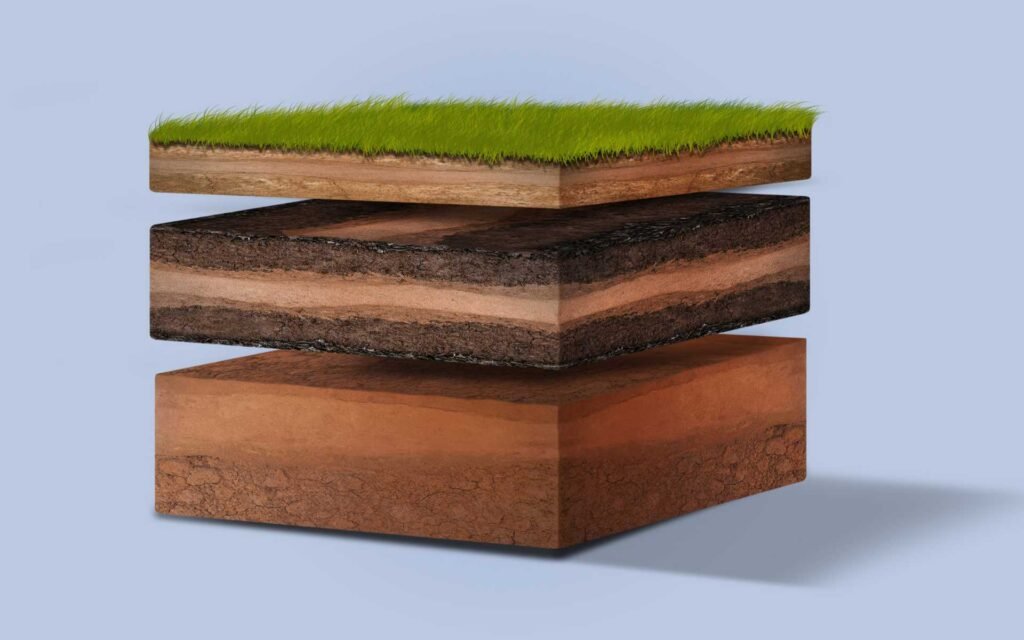
This foundational method studies the layering of sedimentary rocks, helping archaeologists establish site timelines.
Typology
Changes in artifact styles over time, such as pottery or tools, help date historical periods through comparative analysis.
Biostratigraphy
Fossils found within rock layers offer a chronological sequence that aids in correlating geological formations.
Cross-Dating
By comparing artifacts from different regions, researchers align historical timelines.
Fluorine Dating
This measures fluorine absorption in bones, assisting in determining their relative age.
Pollen Analysis (Palynology)
The study of pollen grains preserved in sediment layers reconstructs past climates and dates sedimentation events.

